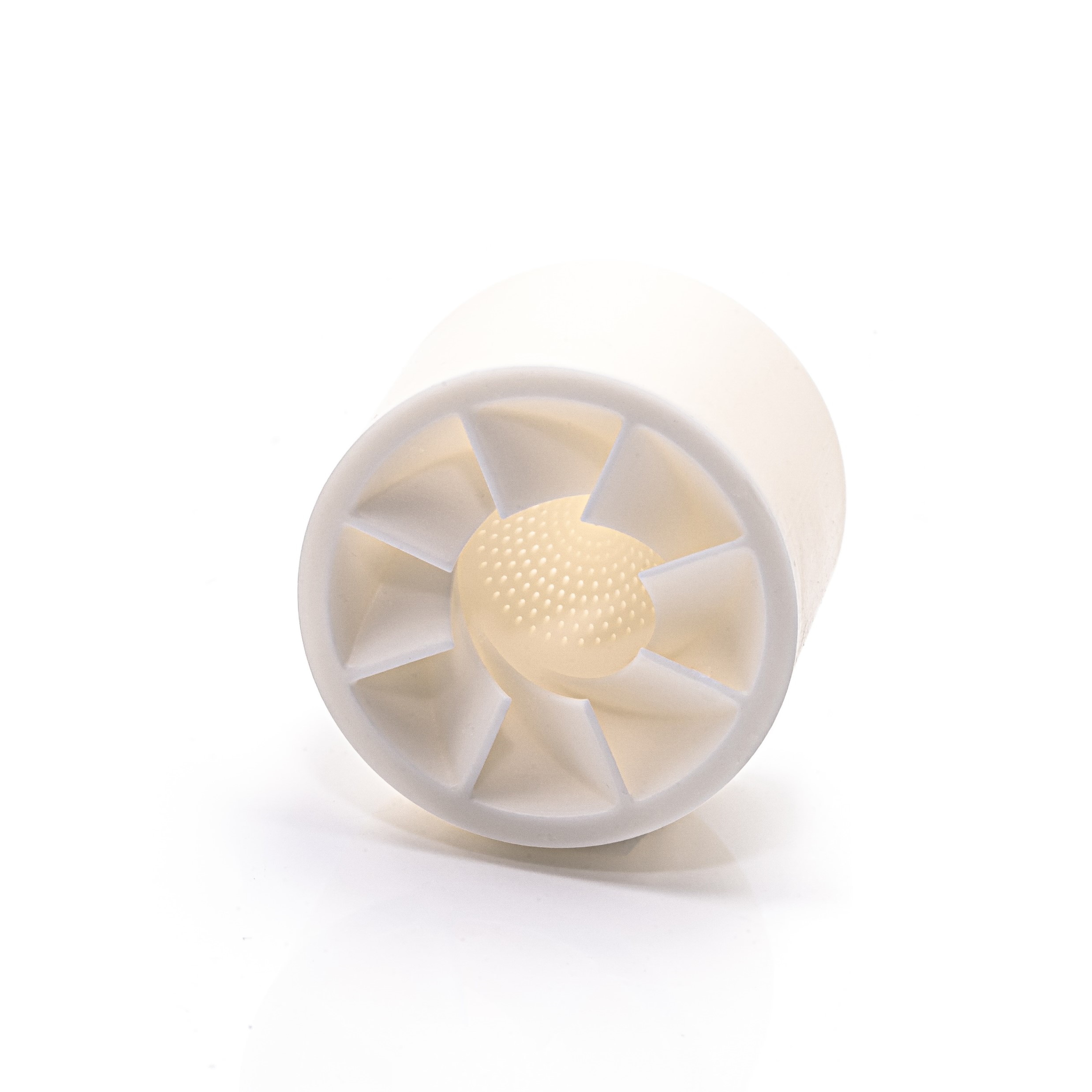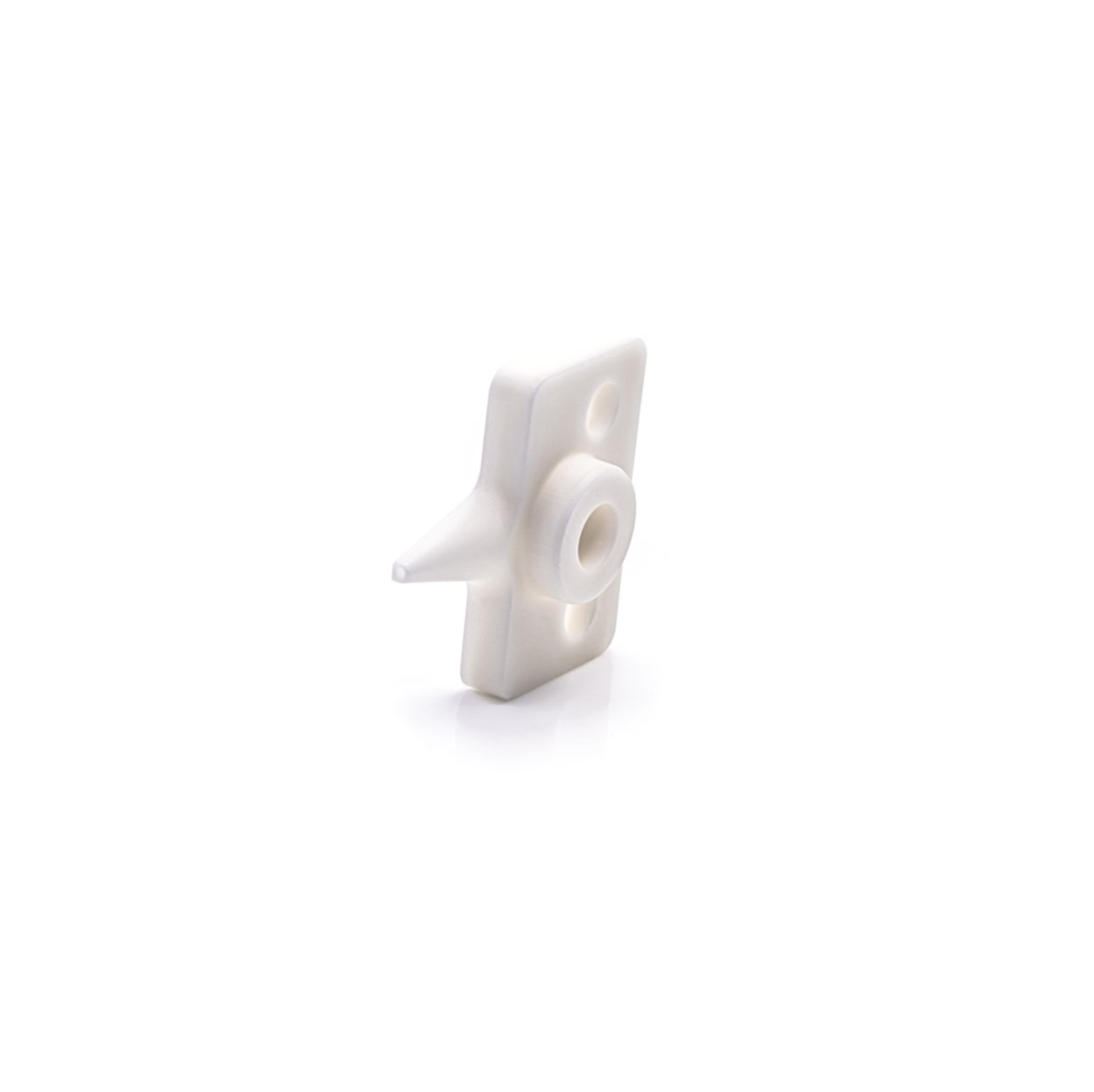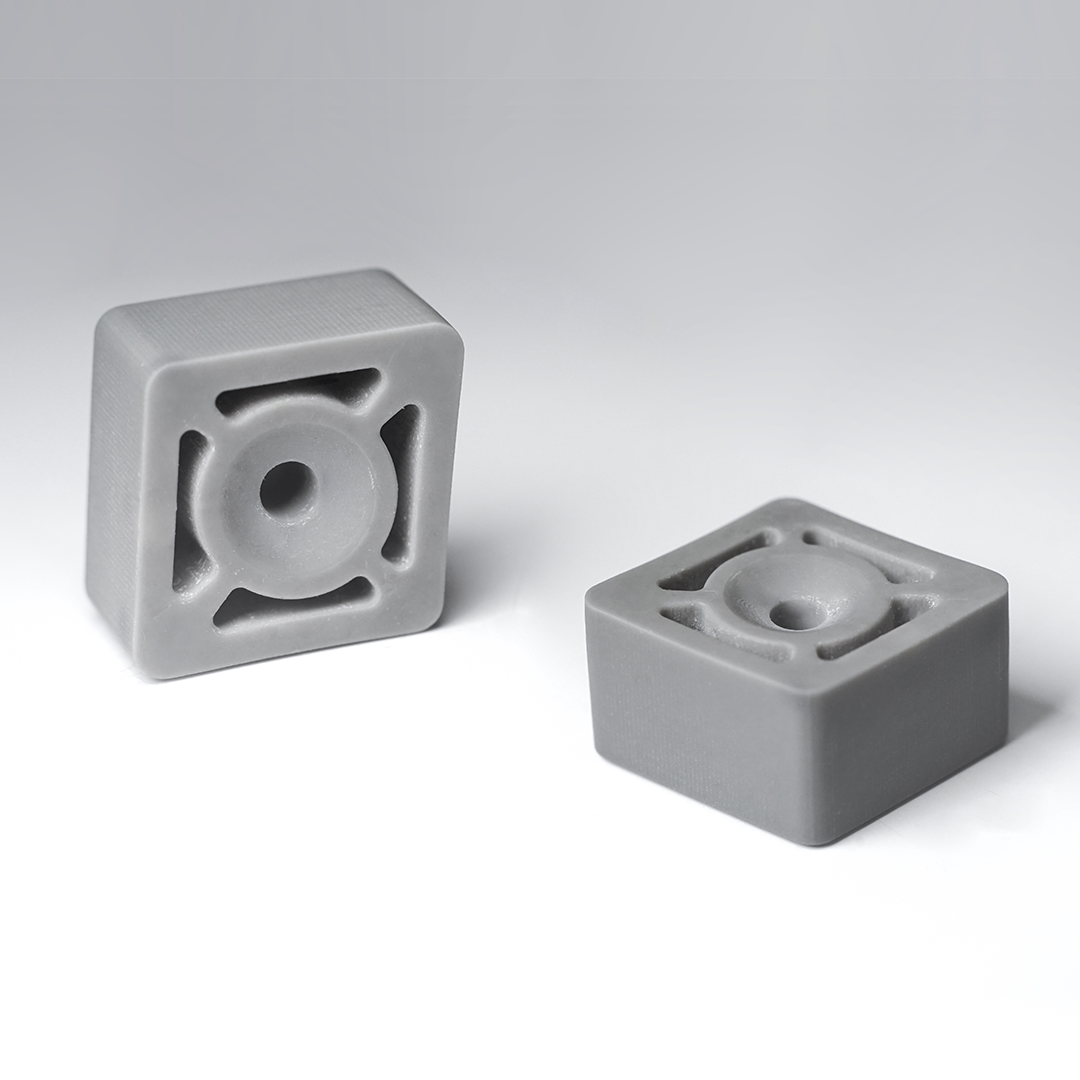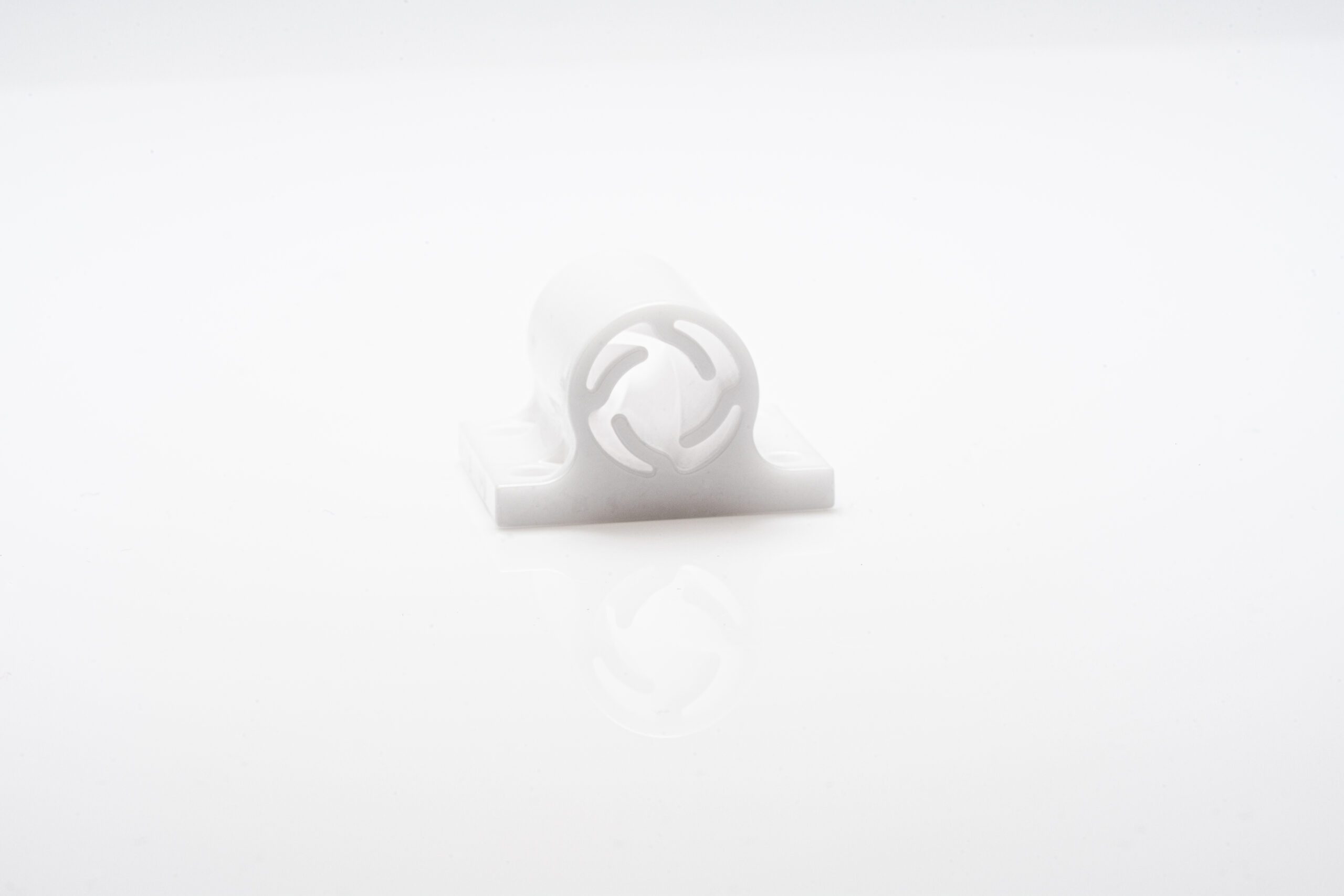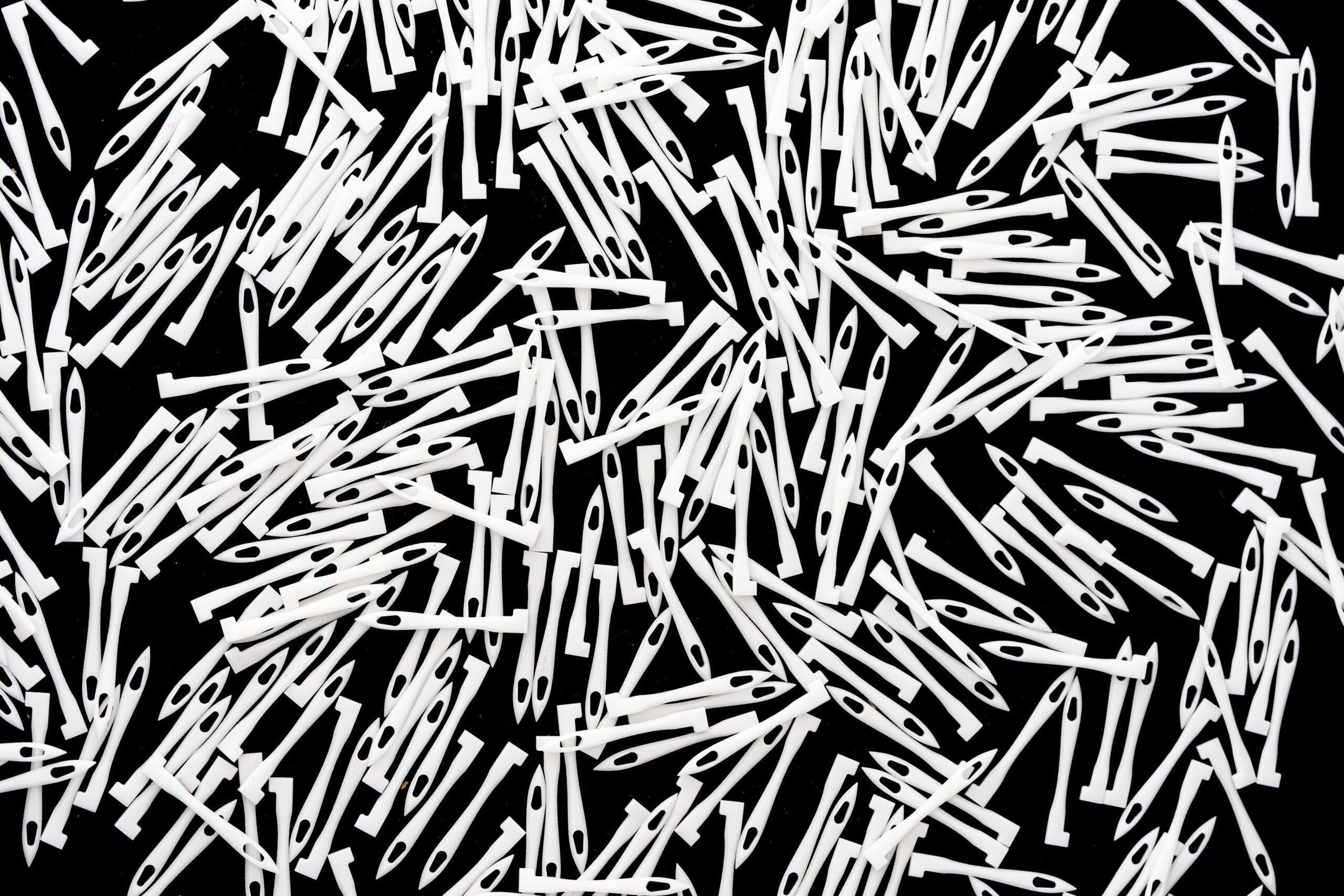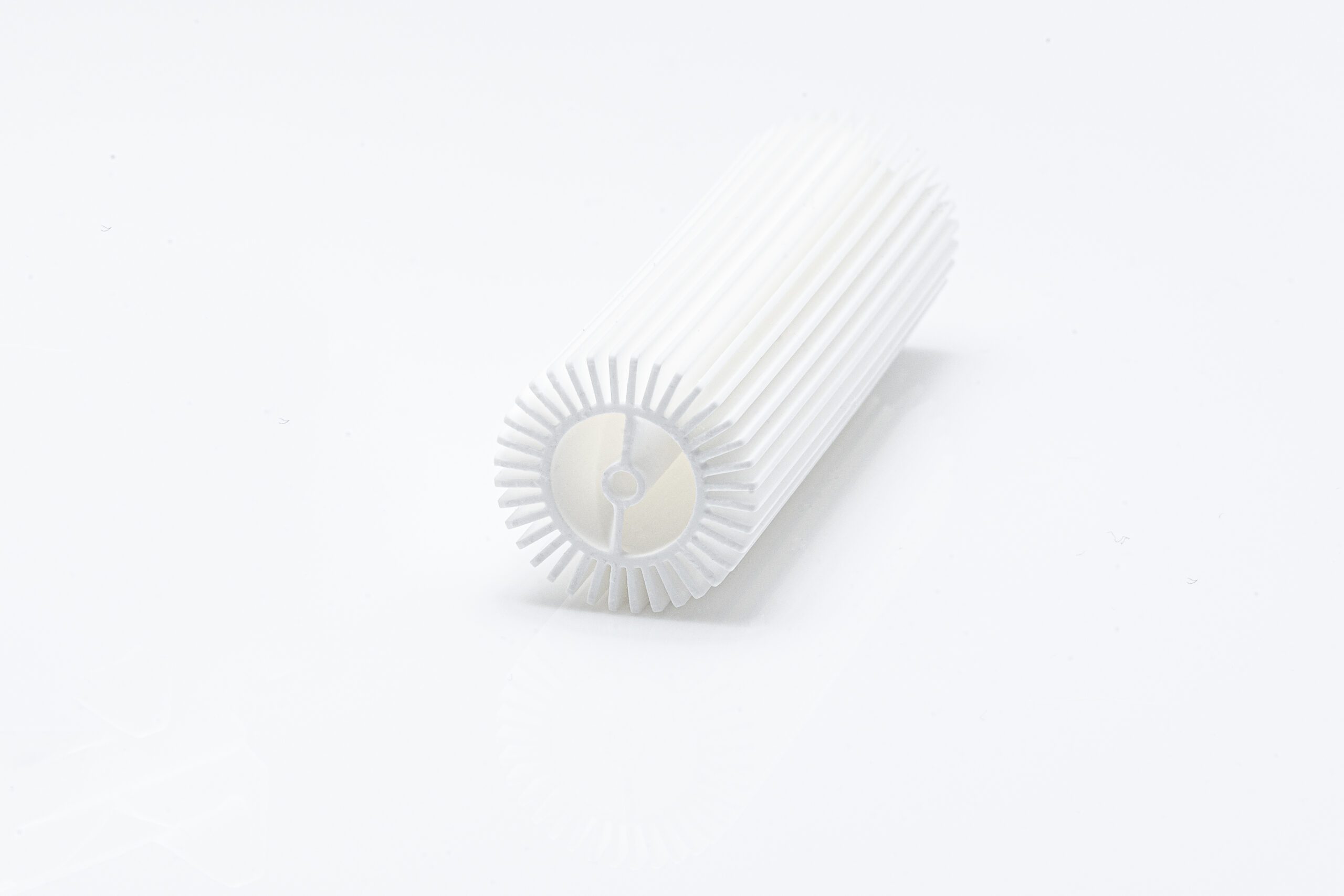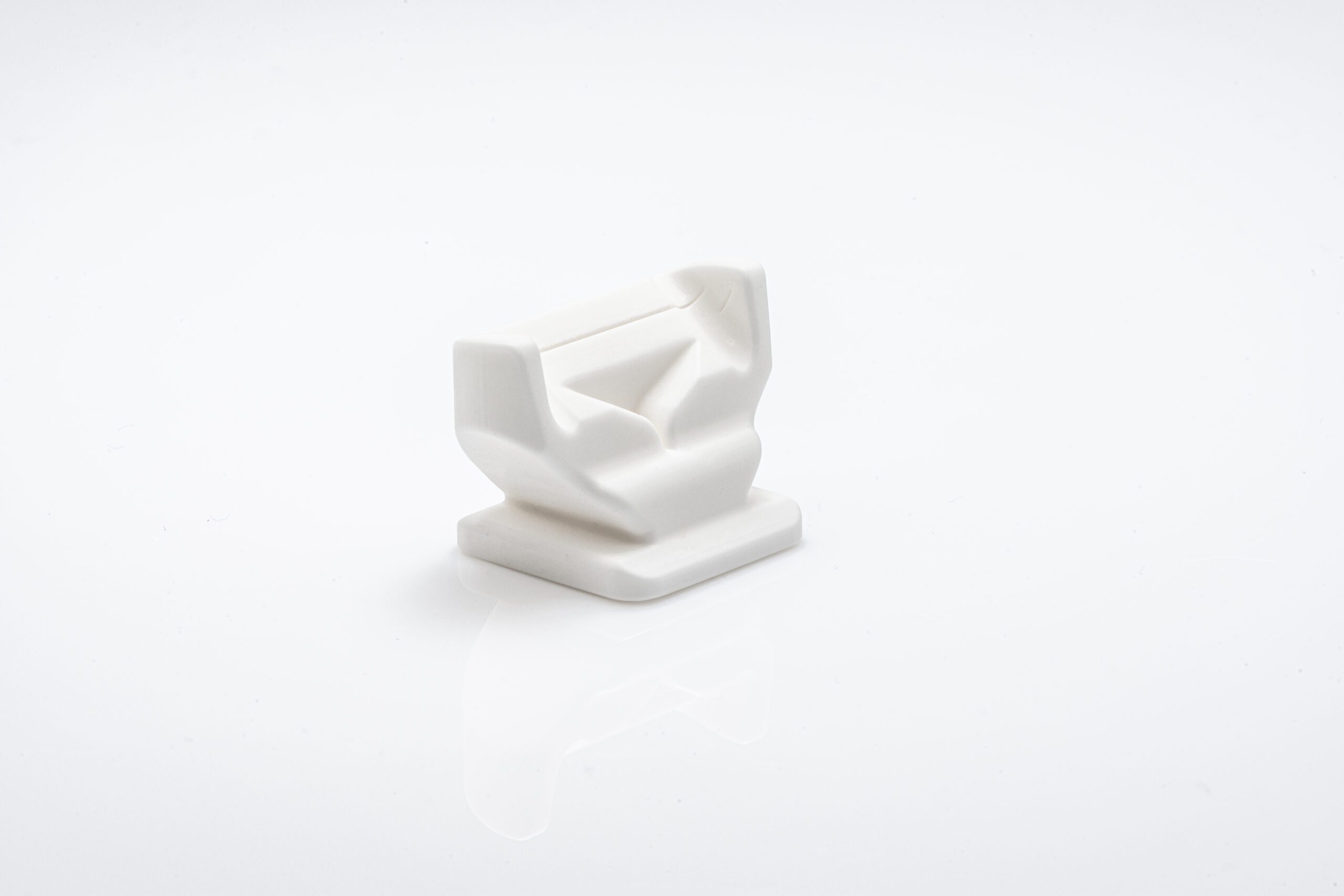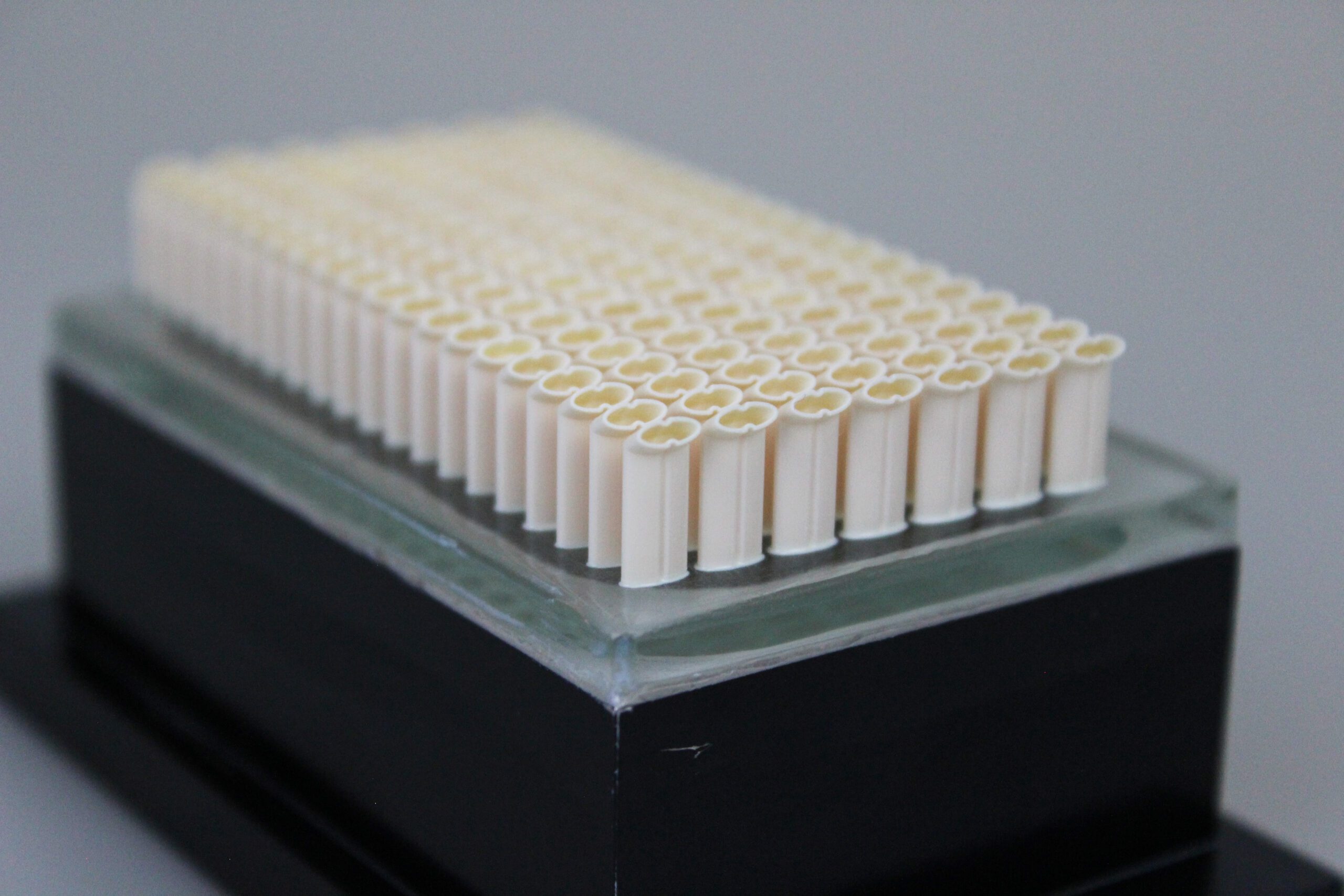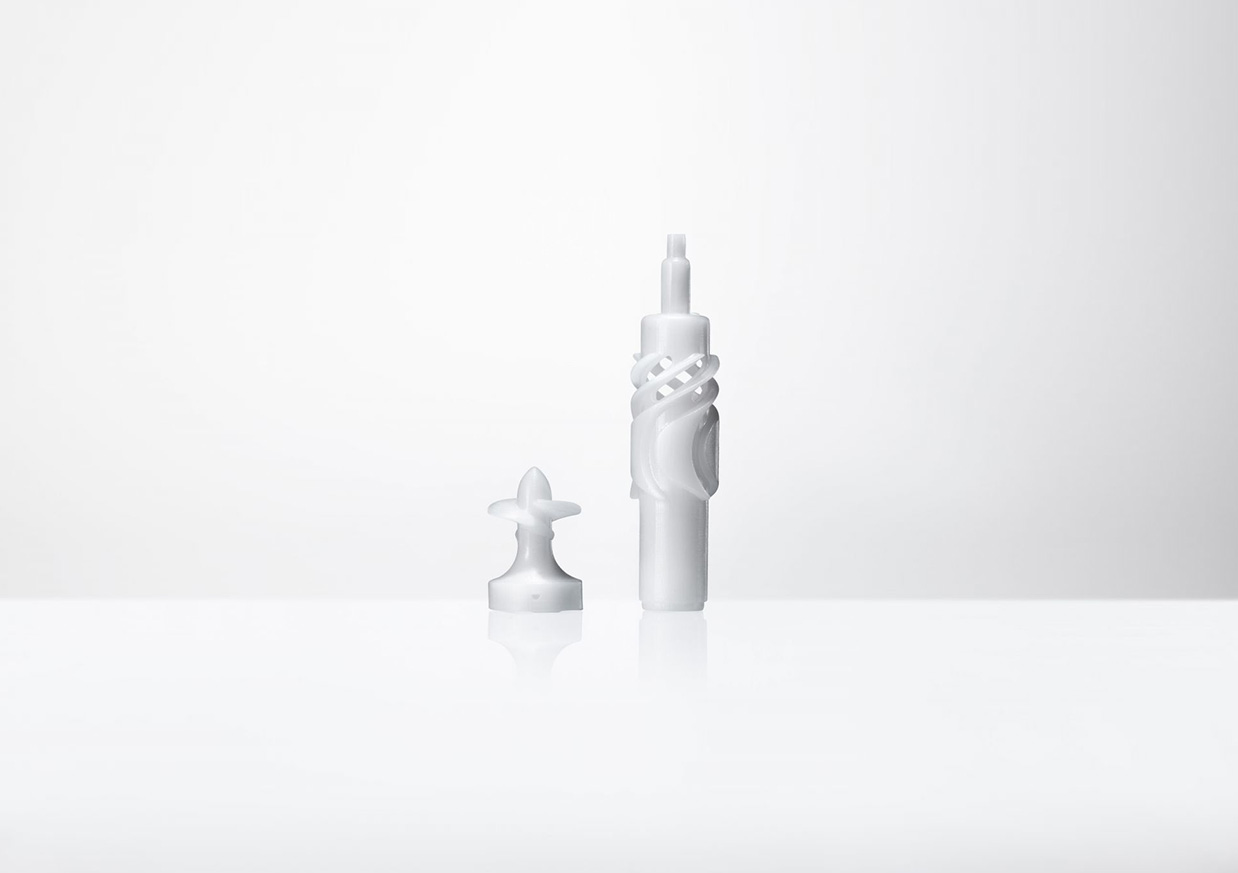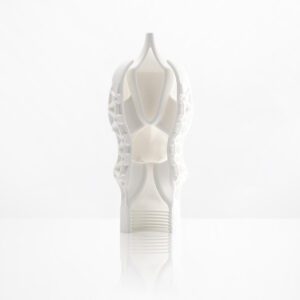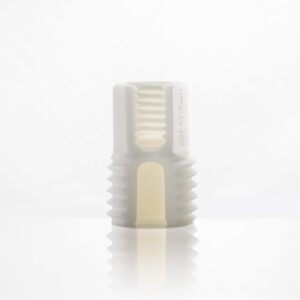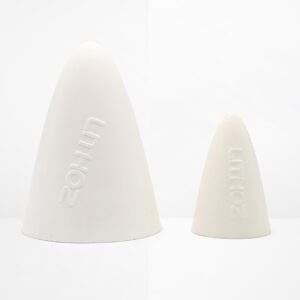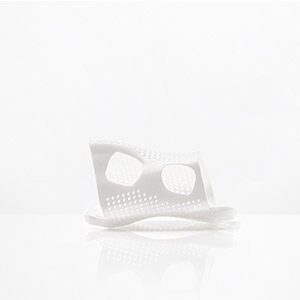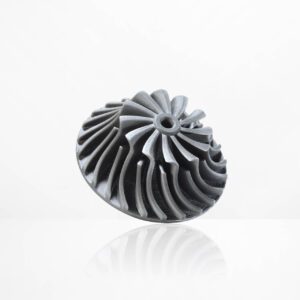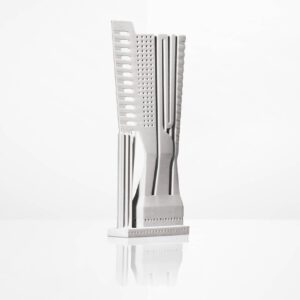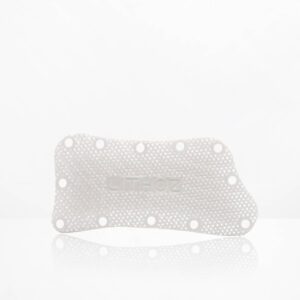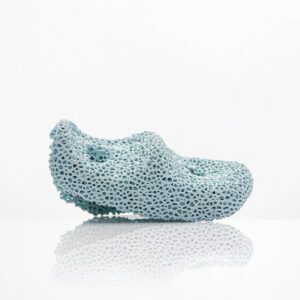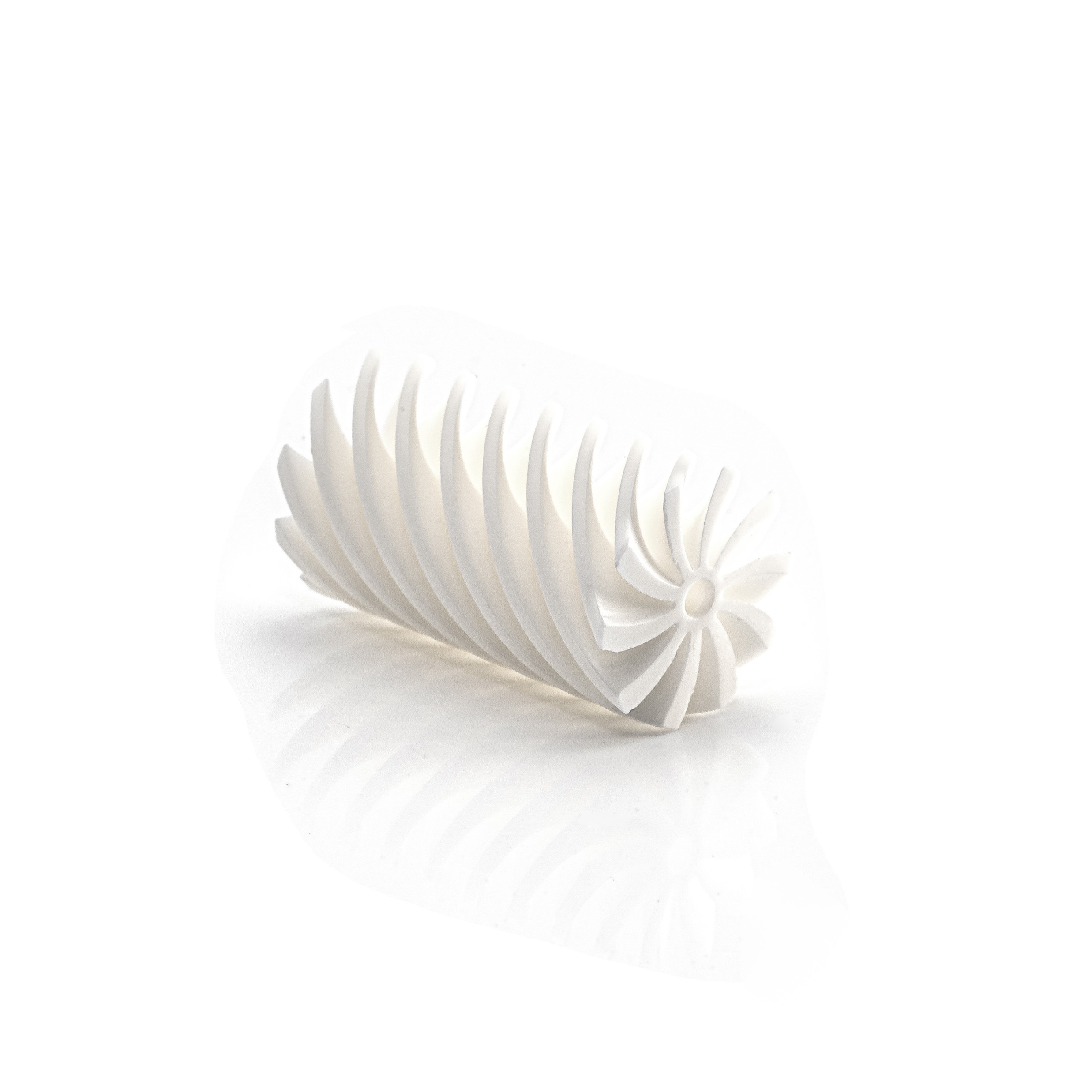
Spiral mixer
Propellers are often used for the mixing of low-viscosity fluids, many of which are highly corrosive. Thanks to the corrosive resistance of ceramics even against the most aggressive chemicals, this 3D-printed ceramic propeller has a far longer lifetime compared to traditional materials, reducing downtime and increasing efficiency. The complex shape and fine spaces between the blades of the part, printed by Bosch Advanced Ceramics, also make it perfectly suited to production via Lithoz LCM 3D printing technology, which can achieve far more intricate geometries than traditional methods.
